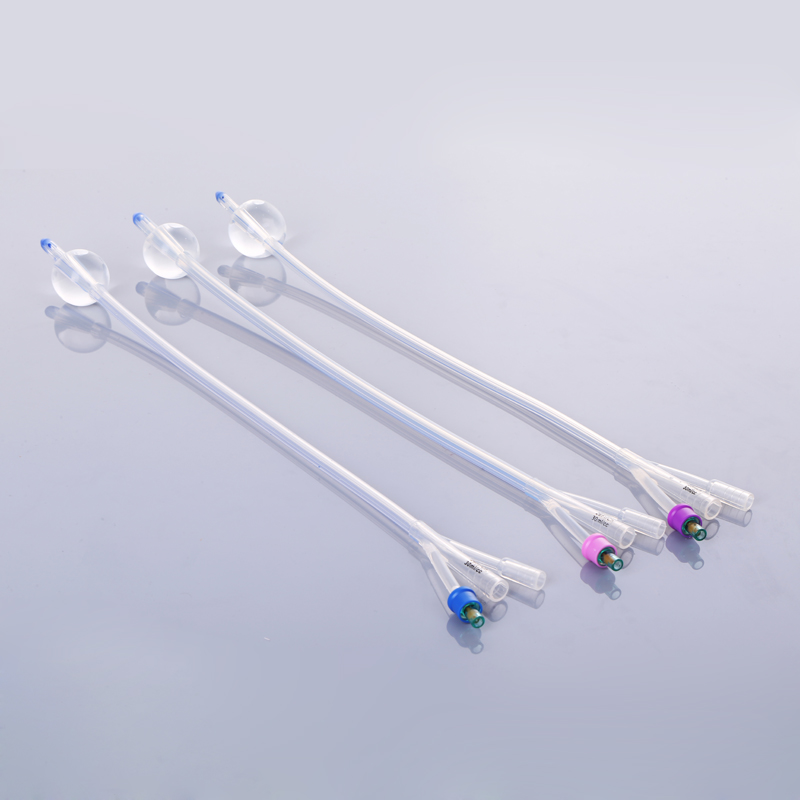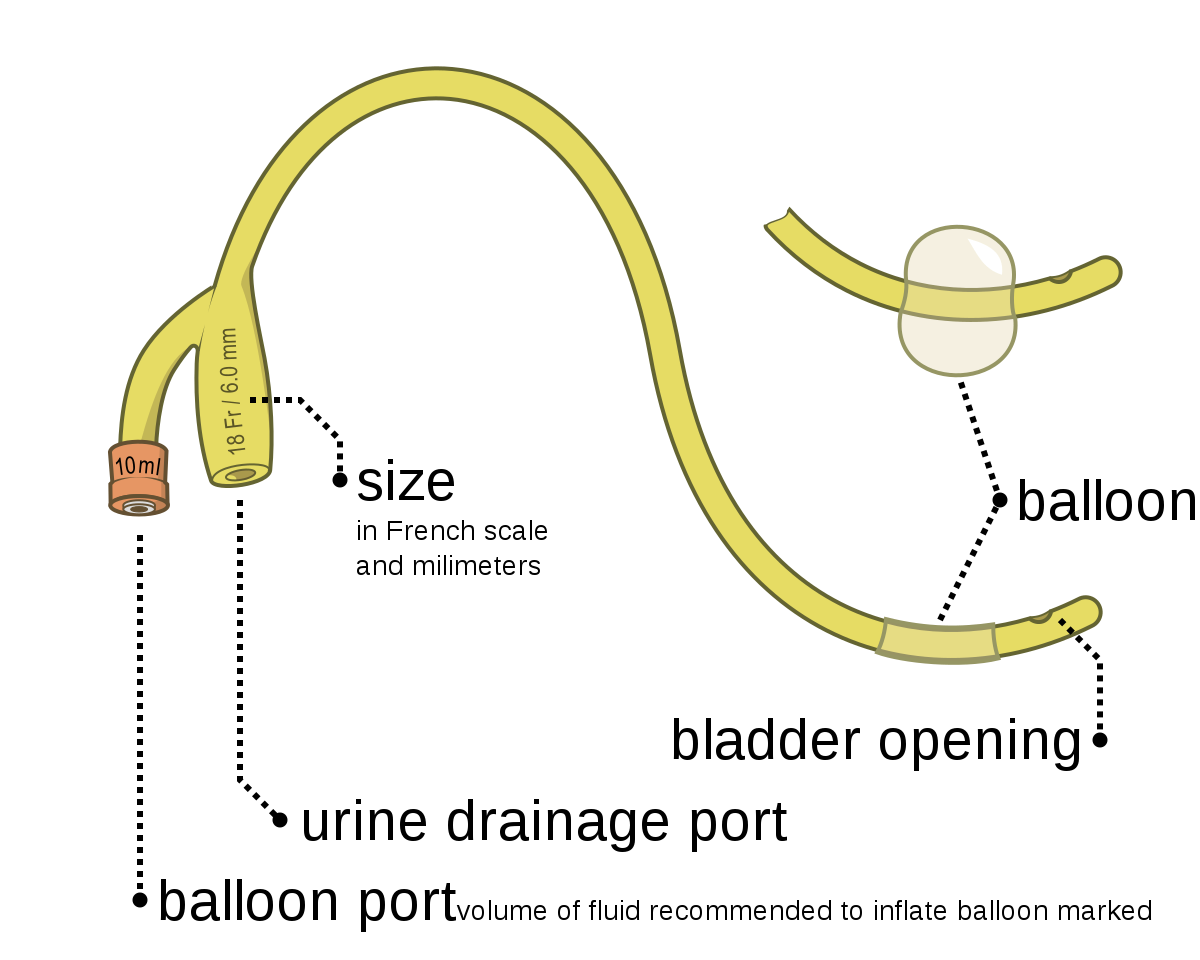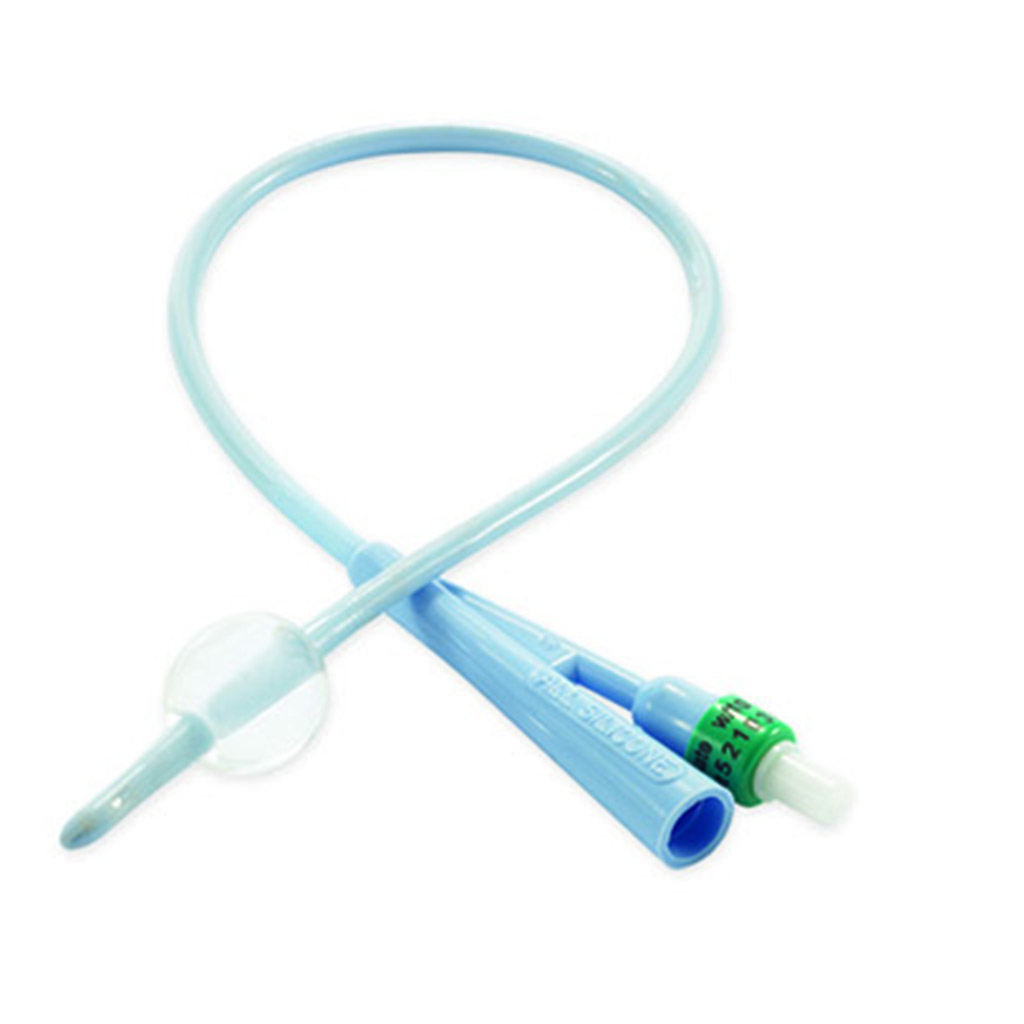How to irrigate a 3 way foley catheter Idea
Home » Trending » How to irrigate a 3 way foley catheter IdeaYour How to irrigate a 3 way foley catheter images are available in this site. How to irrigate a 3 way foley catheter are a topic that is being searched for and liked by netizens now. You can Get the How to irrigate a 3 way foley catheter files here. Download all royalty-free photos.
If you’re searching for how to irrigate a 3 way foley catheter images information related to the how to irrigate a 3 way foley catheter interest, you have come to the right site. Our website always provides you with hints for seeking the highest quality video and picture content, please kindly search and locate more informative video articles and images that fit your interests.
How To Irrigate A 3 Way Foley Catheter. Pull on the syringe to remove excess urine. Then, disconnect the tubing and insert an empty, sterile syringe into the open end of the catheter. To irrigate a foley catheter, place towels under the person�s buttocks and a pan below the catheter tubing, and then sterilize the connection site with an alcohol pad. The three openings are clearly visible.
 3 Way Foley Catheter & 3 Way Latex Foley Catheter From Honde From hondemedical.com
3 Way Foley Catheter & 3 Way Latex Foley Catheter From Honde From hondemedical.com
Irrigate through the catheter every four hours during the day using normal saline (do not use tap water). Helps remove tissue chips, blood clots and other debris from bladder after surgery. To irrigate a foley catheter, place towels under the person�s buttocks and a pan below the catheter tubing, and then sterilize the connection site with an alcohol pad. After insertion, the balloon can be inflated to keep the catheter in place and prevent it from slipping out. Connect irrigation tubing to container of irrigation solution. Allow drying, then gather equipment, and
To irrigate a foley catheter, place towels under the person�s buttocks and a pan below the catheter tubing, and then sterilize the connection site with an alcohol pad.
The middle tube is used to drain urine while the other two work as irrigation and inflation port. Pull on the syringe to remove excess urine. The opening on the top is for the urine and blood to drain out. How often to irrigate a foley catheter. If your child�s catheter falls out, take your child to the emergency department right away. Irrigate through the catheter every four hours during the day using normal saline ( do not use tap water).
 Source: wikihow.com
Source: wikihow.com
Institutional protocols commonly recommend flushing catheters every 8 hours. How often to irrigate a foley catheter. It is important to irrigate more frequently if the urine output has diminished or if the blake drain or penrose drain seem to have a significant increase in the amount of output. Never try to take a catheter out or put it back in by yourself. Clean dressing trolley with 70% isopropyl alcohol wipes.
 Source:
Source:
Then, disconnect the tubing and insert an empty, sterile syringe into the open end of the catheter. To irrigate a foley catheter, place towels under the person�s buttocks and a pan below the catheter tubing, and then sterilize the connection site with an alcohol pad. The two way foley has one channel to drain urine, and the other channel to inflate the balloon once the catheter is in the bladder so as to keep the foley in the bladder draining urine. Allows medication to be introduced via continuous drip method. A three‑way foley catheter must be in situ, and if one is not in place, it must be inserted (refer to facility procedure for insertion of an indwelling urinary catheter).
 Source: link.springer.com
Source: link.springer.com
Institutional protocols commonly recommend flushing catheters every 8 hours. To irrigate a foley catheter, place towels under the person�s buttocks and a pan below the catheter tubing, and then sterilize the connection site with an alcohol pad. Then, disconnect the tubing and insert an empty, sterile syringe into the open end of the catheter. How often to irrigate a foley catheter. Never jerk or pull on the catheter tubing.
 Source: indiamart.com
Source: indiamart.com
Irrigate through the catheter every four hours during the day using normal saline ( do not use tap water). Irrigate through the catheter every four hours during the day using normal saline (do not use tap water). It is used to treat bladder infections and other conditions that require a medical professional to introduce something into the bladder as well as drain it. While performing bladder irrigation, the 3 way foley catheter is inserted through the urethra into the bladder. Check if a three‑way foley catheter is in situ.
 Source:
Source:
Catheter irrigation is performed by the patient, a healthcare professional or a trained caregiver for different reasons, such as to clear clots from the catheter tubing or to flush blood from the bladder following a medical procedure. While performing bladder irrigation, the 3 way foley catheter is inserted through the urethra into the bladder. Three way foley catheters are made of latex (red rubber) or silastic, an engineered plastic. Remove the syringe from the catheter and insert the connecting tubing. The opening on the top is for the urine and blood to drain out.
 Source:
Source:
While performing bladder irrigation, the 3 way foley catheter is inserted through the urethra into the bladder. Check if a three‑way foley catheter is in situ. Slowly and gently inject the irrigation solution as per doctor’s instructions. The opening on the top is for the urine and blood to drain out. The two way foley has one channel to drain urine, and the other channel to inflate the balloon once the catheter is in the bladder so as to keep the foley in the bladder draining urine.
 Source: wikihow.com
Source: wikihow.com
It is important to irrigate more frequently if the urine output has diminished or if the blake drain or penrose drain seem to have a significant increase in the amount of output. Institutional protocols commonly recommend flushing catheters every 8 hours. The catheter simultaneously allows fluid to run into and drain out of the bladder. Then, disconnect the tubing and insert an empty, sterile syringe into the open end of the catheter. How often to irrigate a foley catheter.
 Source: google.de
Source: google.de
It is used to treat bladder infections and other conditions that require a medical professional to introduce something into the bladder as well as drain it. The three openings are clearly visible. Irrigate through the catheter every four hours during the day using normal saline (do not use tap water). Institutional protocols commonly recommend flushing catheters every 8 hours. How often to irrigate a foley catheter.
 Source:
Source:
How to irrigate a foley catheter with pictures. It is important to irrigate more frequently if the urine output has diminished or if the blake drain or penrose drain seem to have a significant increase in the amount of output. Catheter irrigation is performed by the patient, a healthcare professional or a trained caregiver for different reasons, such as to clear clots from the catheter tubing or to flush blood from the bladder following a medical procedure. A foley catheter is a narrow, flexible tube that is inserted through the urethra to drain urine from the bladder. How do you irrigate a 3 way foley catheter?
 Source: diamedicalusa.com
Source: diamedicalusa.com
It is important to irrigate more frequently if the urine output has diminished or if the blake drain or penrose drain seem to have a significant increase in the amount of output. Clean dressing trolley with 70% isopropyl alcohol wipes. After insertion, the balloon can be inflated to keep the catheter in place and prevent it from slipping out. While performing bladder irrigation, the 3 way foley catheter is inserted through the urethra into the bladder. Irrigate through the catheter every four hours during the day using normal saline (do not use tap water).
 Source:
Source:
It is apparent that this is the lumen which is most straight to facilitate the urine and clotted. The opening on the top is for the urine and blood to drain out. Pull on the syringe to remove excess urine. The middle tube is used to drain urine while the other two work as irrigation and inflation port. How often to irrigate a foley catheter.
 Source: zh.wikipedia.org
Source: zh.wikipedia.org
How does a 3 way foley work? To irrigate the catheter, follow these steps: Allows medication to be introduced via continuous drip method. Irrigate through the catheter every four hours during the day using normal saline (do not use tap water). Hang container for gravity flow and let irrigation solution fill tubing.
 Source: sinofarm.co.rs
Source: sinofarm.co.rs
Cleanse the site where the catheter tubing and the drainage. The three openings are clearly visible. A foley catheter is a narrow, flexible tube that is inserted through the urethra to drain urine from the bladder. Pull on the syringe to remove excess urine. How often to irrigate a foley catheter.
 Source: wikihow.com
Source: wikihow.com
Since these catheters are a style of foley catheter, which won�t slip out. Catheter tube and the drainage bag. To irrigate the catheter, follow these steps: Since these catheters are a style of foley catheter, which won�t slip out. It is important to irrigate more frequently if the urine output has diminished or if the blake drain or penrose drain seem to have a significant increase in the amount of output.
 Source: researchgate.net
Source: researchgate.net
It is important to irrigate more frequently if the urine output has diminished or if the blake drain or penrose drain seem to have a significant increase in the amount of output. Clean dressing trolley with 70% isopropyl alcohol wipes. Cleanse the site where the catheter tubing and the drainage. Adds continuous irrigation capabilities for drainage after bladder or upper urinary tract surgeries. The two way foley has one channel to drain urine, and the other channel to inflate the balloon once the catheter is in the bladder so as to keep the foley in the bladder draining urine.
 Source:
Source:
16 hours ago, rose_queen said: How often to irrigate a foley catheter. How does a 3 way foley work? The middle tube is used to drain urine while the other two work as irrigation and inflation port. How often to irrigate a foley catheter.
 Source: sssaustralia.com.au
Source: sssaustralia.com.au
Pour room temperature normal saline irrigation solution into the collection container. Remove the syringe from the catheter and insert the connecting tubing. A three‑way foley catheter must be in situ, and if one is not in place, it must be inserted (refer to facility procedure for insertion of an indwelling urinary catheter). If urine does not flow from the catheter after you irrigate it, take your child to the emergency department right. While performing bladder irrigation, the 3 way foley catheter is inserted through the urethra into the bladder.
![]() Source:
Source:
While performing bladder irrigation, the 3 way foley catheter is inserted through the urethra into the bladder. While performing bladder irrigation, the 3 way foley catheter is inserted through the urethra into the bladder. Then, disconnect the tubing and insert an empty, sterile syringe into the open end of the catheter. Remove the syringe from the catheter and insert the connecting tubing. Irrigation is a way to help keep urine flowing freely through the catheter.
This site is an open community for users to do submittion their favorite wallpapers on the internet, all images or pictures in this website are for personal wallpaper use only, it is stricly prohibited to use this wallpaper for commercial purposes, if you are the author and find this image is shared without your permission, please kindly raise a DMCA report to Us.
If you find this site beneficial, please support us by sharing this posts to your own social media accounts like Facebook, Instagram and so on or you can also bookmark this blog page with the title how to irrigate a 3 way foley catheter by using Ctrl + D for devices a laptop with a Windows operating system or Command + D for laptops with an Apple operating system. If you use a smartphone, you can also use the drawer menu of the browser you are using. Whether it’s a Windows, Mac, iOS or Android operating system, you will still be able to bookmark this website.
